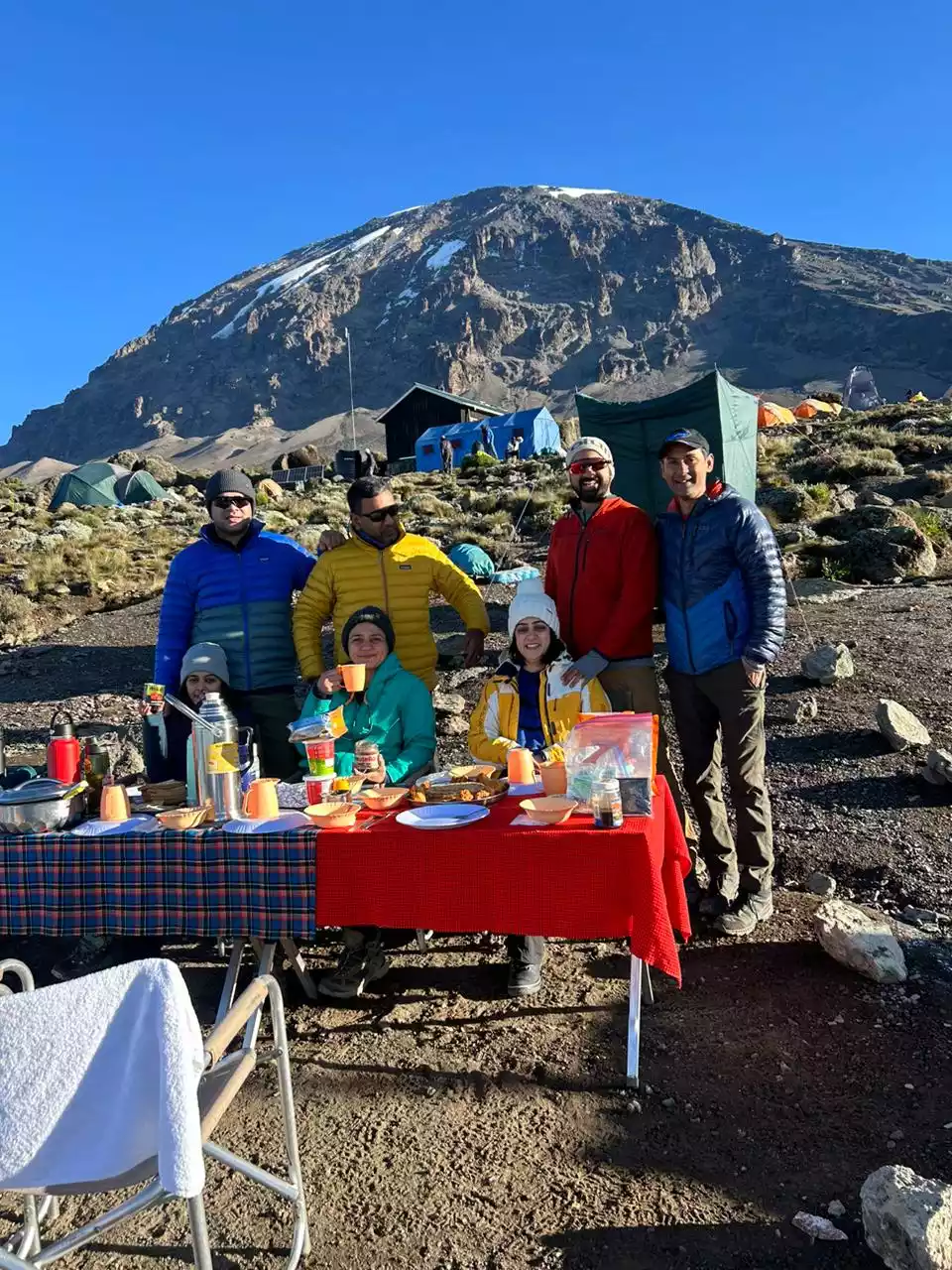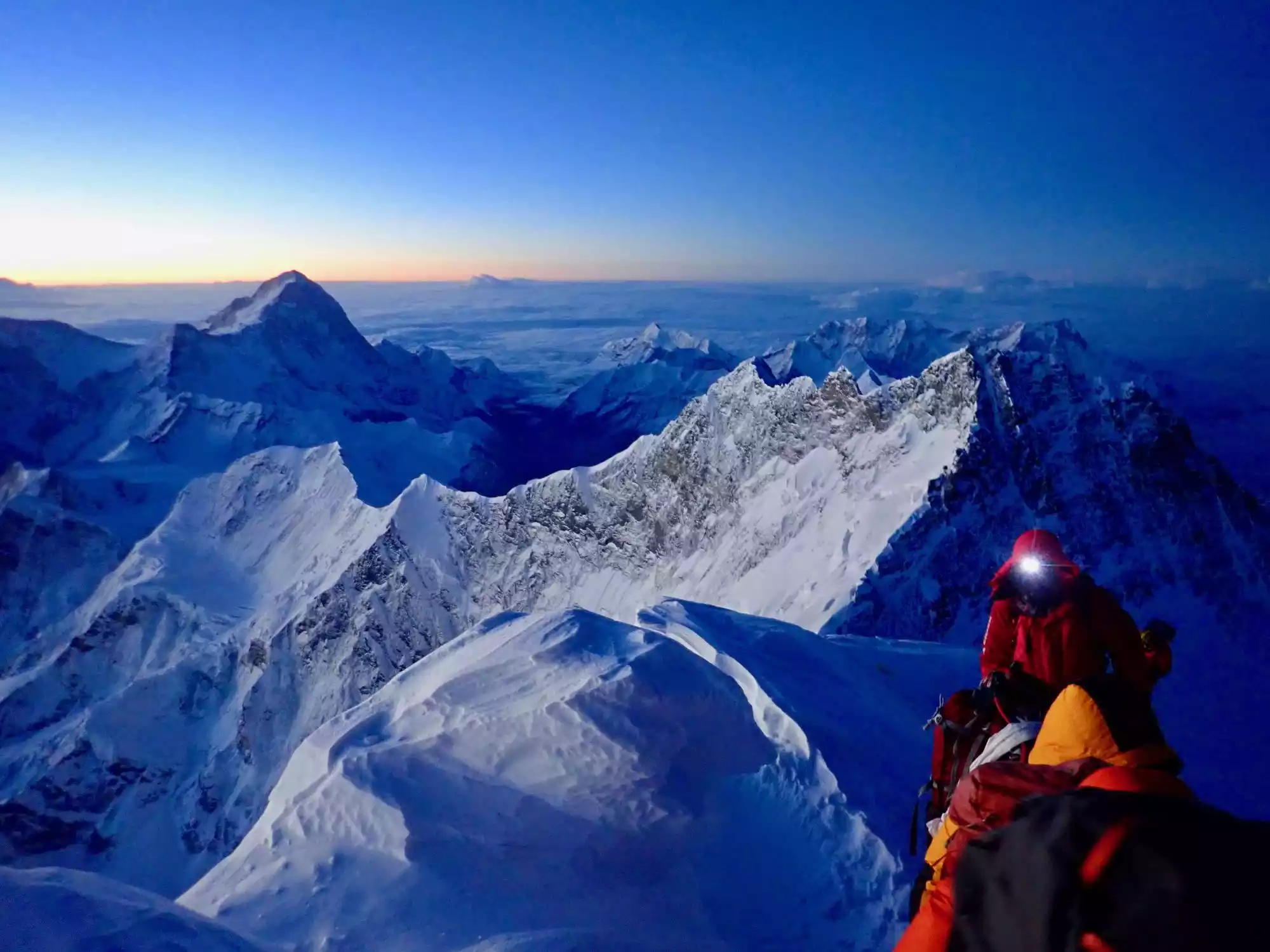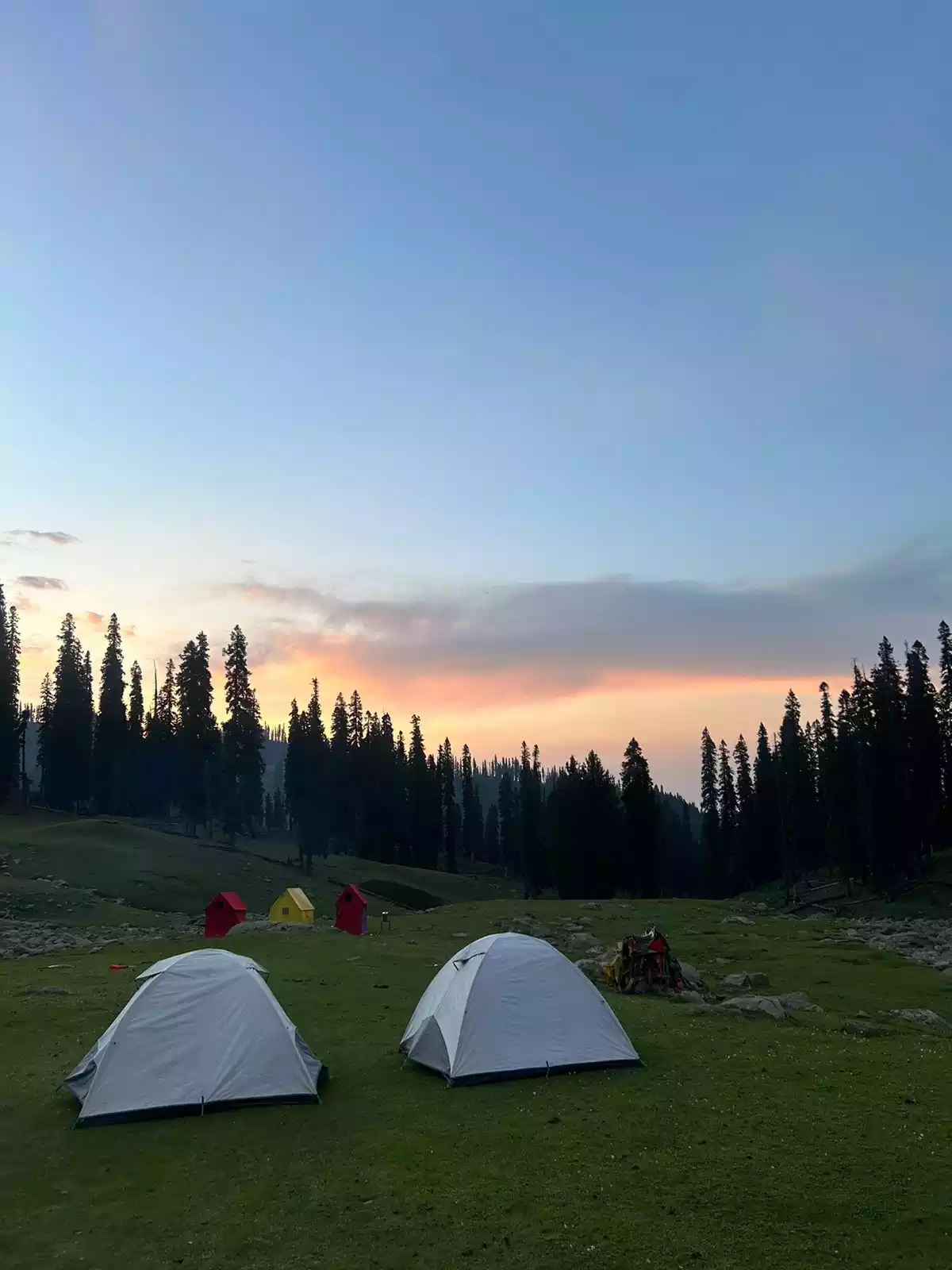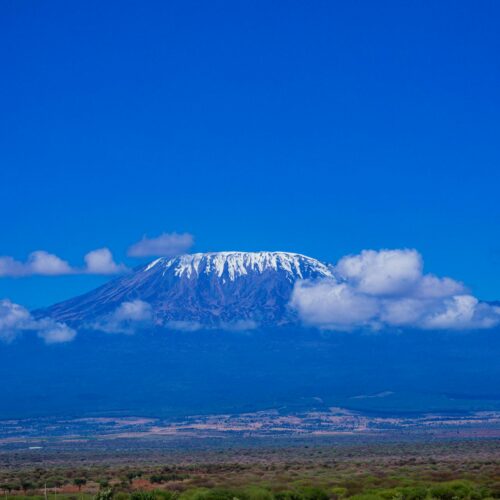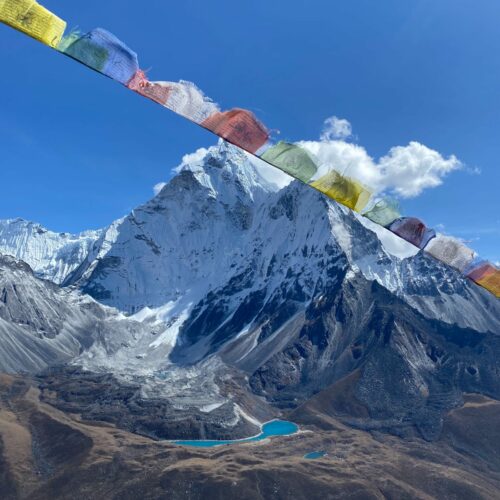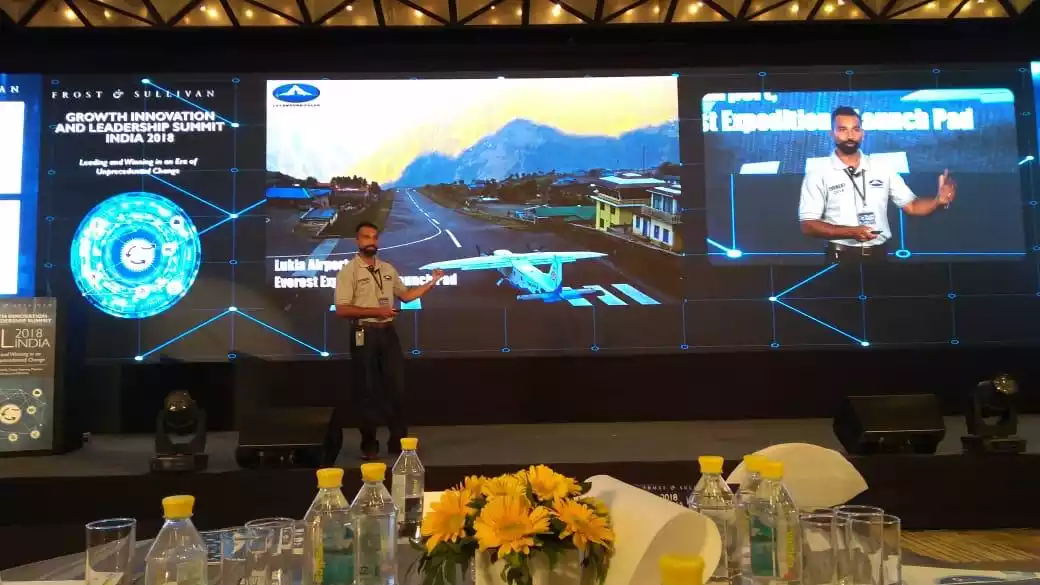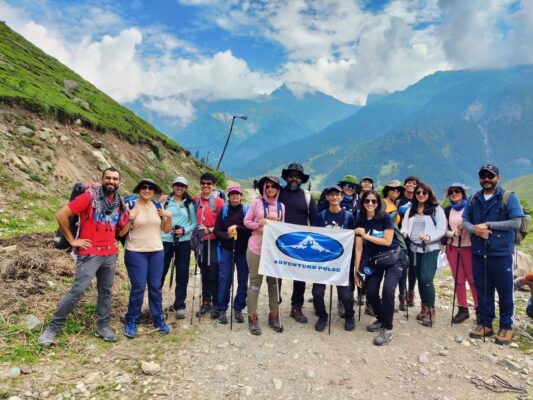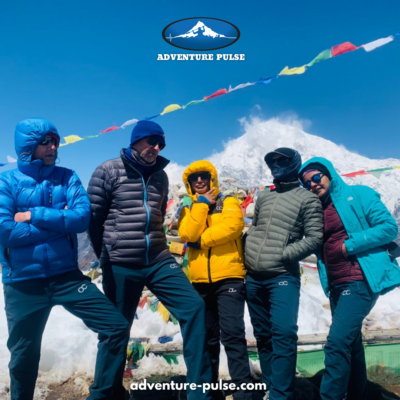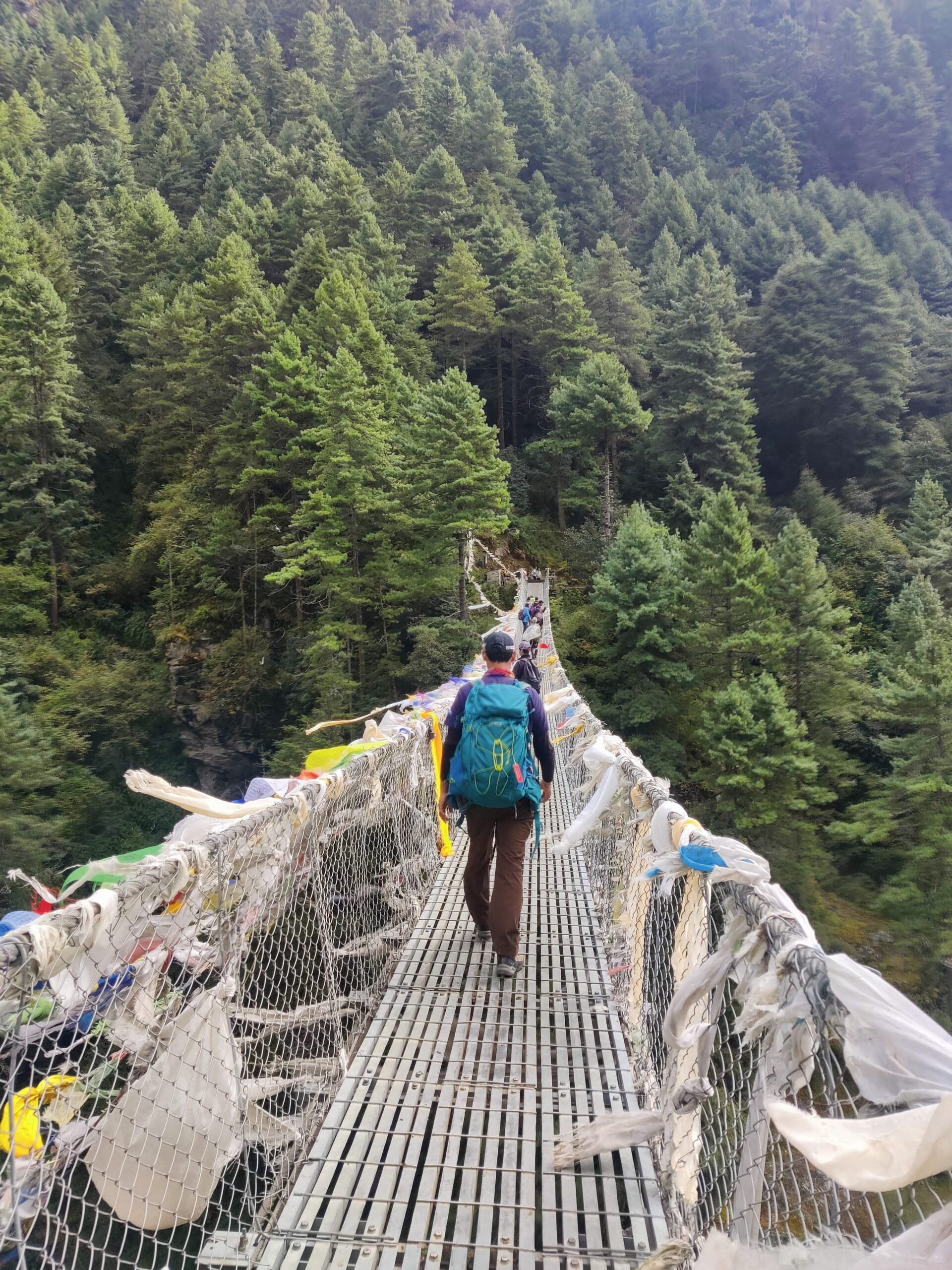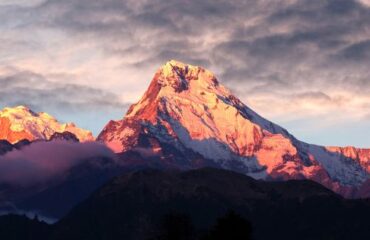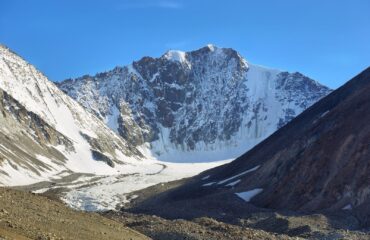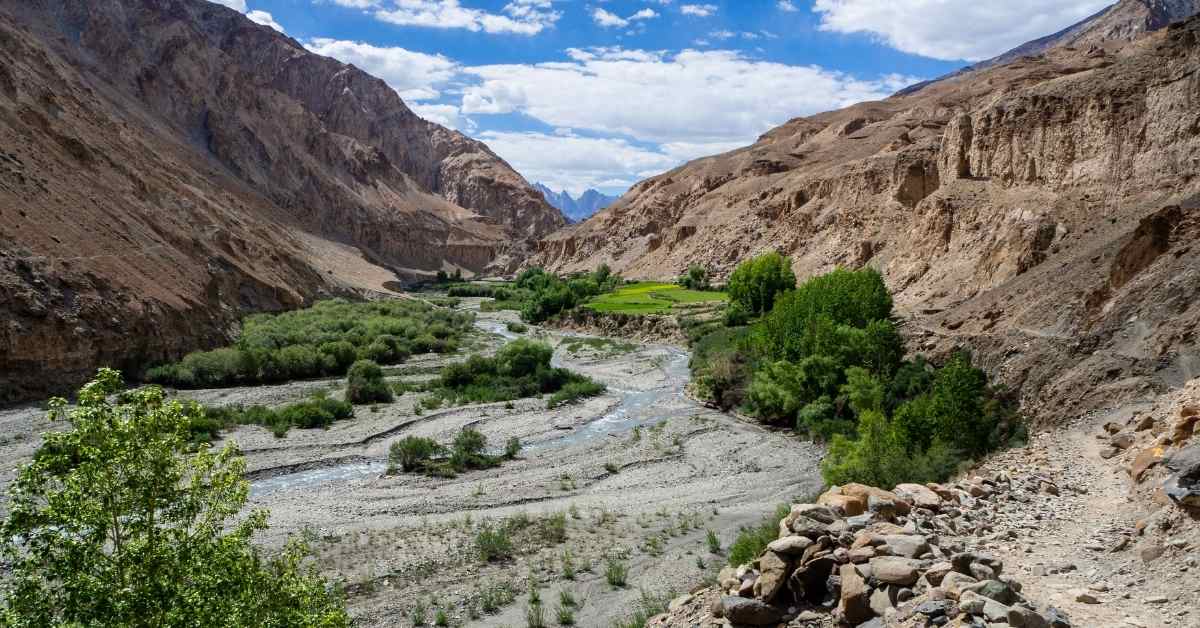
Every year, as the weather changes across the Indian subcontinent, my heart and feet inadvertently find me back in the pristine & stark landscape of Ladakh. Being a frequent visitor for the last 11 years, I’m often asked to recommend the best Ladakh Trek for beginners. Immediately, my thoughts take me to the ‘Sham Valley Trek’, perfectly nestled in this harsh terrain, transformed by flowing streams that bring the entire area to life thus making it a stunning sight for avid trekkers.
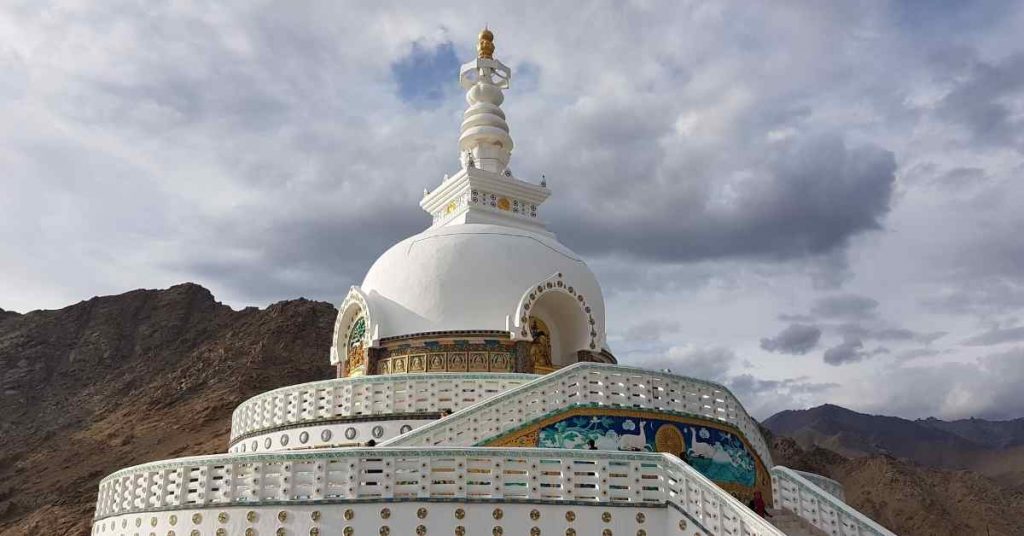
THE SHAM VALLEY TREK
QUICK FACTS:
Difficulty: Easy to Moderate.
Distance: 27 kilometers (16.78 miles)
Max altitude: 3,874 meters (12,710 ft)
Trip Duration: 4 days, 3-nights.
Best season: July, August and September.
The Sham Valley Trek, popularly referred to as the “baby trek” by the locals, goes through the Sham region in the lower part of Ladakh. However, don’t let this name fool you. Shorter than the Stok Kangri or Markha Valley Trek, the Sham Valley trek is still tiring at times due to the altitude, and you will certainly experience breathlessness as well as break a sweat. Its shorter duration, coupled with the opportunity to witness traditional Ladakhi Village life, really does make this a rewarding experience.
The trekking trail of Sham Valley covers some beautiful villages like Hemis Shukpachan which is located amidst a rich forest of Cedar trees. This trek due its short duration is ideal for travellers who have limited time but would like to experience Ladakh in its purest form. Taking you to a maximum altitude of approx. 4000 mtrs above sea level, the Sham Valley Trek gives trekkers a unique insight into the lives of the locals and the traditional rituals they follow which has still remained untouched by time. Taking you through distinctive Ladakhi villages and stunning monasteries, the Sham Valley Trek is for trekkers who wish to explore the history of Ladakh and experience the road less travelled.
THE SHAM VALLEY TREK – HIGHLIGHTS
- Chance to visit the famous Alchi Monastery enroute to Likir (the starting point of the trek).
- Experience Tibetan Culture through the Sham Valley from the ancient Kingdom of Sham.
- Opportunity to stay in local houses during this trek as it traverses through villages with specially appointed home stays.
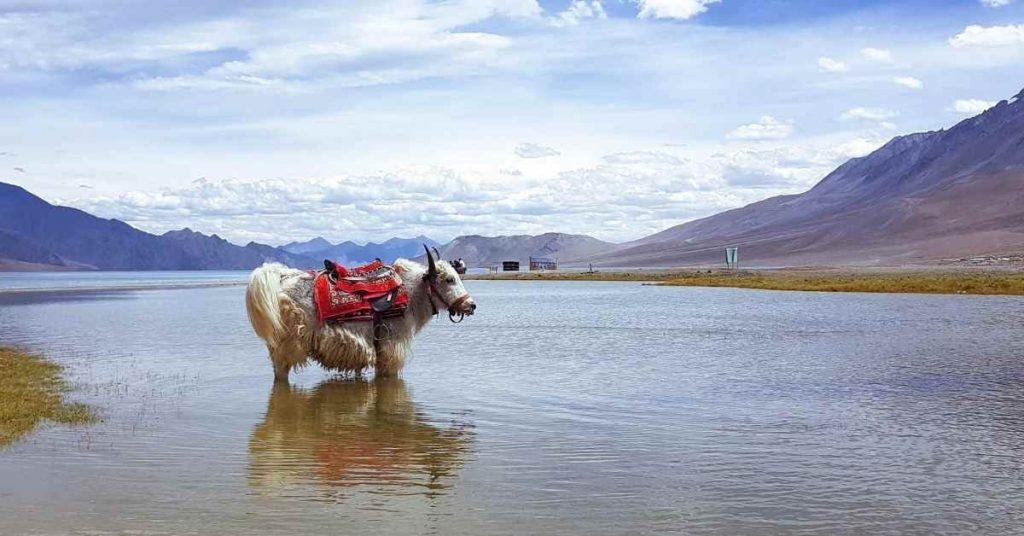
THE SHAM VALLEY TREK – TRAIL DESCRIPTION
Day 1: Likir – Yangthang
Distance: 10.1 km
Time: 4 hrs
Likir Village located at 3650 mts. is the starting point of this trek and can be reached by taxi from the city of Leh. In the morning after breakfast, you should aim at leaving Leh early and drive to Likir which is 58 kms away. Once the camping gear is organized, you can begin your trek. Although the distance is short, the trail can be very warm, without any shade or natural water bodies. In addition, today’s journey requires you to cross 2 passes.
From Likir the route heads west up and climbs to Phobe La (3580m). Beyond this lies Sumdo village. The trail goes steadily upwards till you get to Chagatse La (3630m). Across the pass, you can distinctly see the village of Yangthang (3630m) and a recommended camping site for the night, next to a stream. The Ridzong Monastery lies about an hour south of Yangthang.
Day 2: Yangthang – Tsermangchen La – Hemis Shukpachen
Distance: 10.4 km
Time: 3-4 hrs
The elevation and gradient on this day’s trek is very comfortable making it a relatively easier walk. Both the approach and the descent on the pass, have a gentle gradient. The trail heads towards the north with a slight descend. After crossing a stream, the trail once again begins to climb towards the west to Tsermangchen La (3750m). This pass is an excellent point to take a short break before heading down to Hemis Shukpachen. This is one of Ladakhs prettiest villages, named after the grove of cedars found in this region. The landscape is crisscrossed by several sparkling streams surrounded by shady willows and large barley fields that provide a touch of green to the otherwise desolate landscape. This provides an ideal location to set up camp for the night.
Day 3: Hemis Shukpachen – Temisgam
Distance: 11.3 km
Time: 5 hrs
This day will be the longest on the trail beginning with a climb as the path leads upwards between two hillocks west of the village. The trail suddenly veers south and climbs steeply up to the Mebtak La (3750m) marked by several prayer flags. After crossing the pass, the trail heads down the gorge to Ang, a very pretty village with apricot orchards. You can either camp here and spend one more night under the stars or push downhill all the way towards the main road at Temisgam.
GETTING TO / FROM THE TREK
- It takes Two Hours (2 hrs) to drive from Leh to Likir (60 km).
- It takes Three Hours (3 hrs) to drive from Temisgam to Leh (90 km)
If your schedule permits, it’s worth taking some extra time to stop and visit the monasteries in the area, such as the Alchi Monastery on the way in and the Lamayuru Monastery on the way out. The Alchi monastery is the most prominent and largest among Ladakh’s monasteries. Coming into existence in 11th century through Rinchen Zangpo, the Alchi monastery is home to antique paintings and sculptures that recreates the Kashmiri form of Buddhist representations.
USEFUL TIPS IF YOU’RE A FIRST TIME TREKKER IN LADAKH.
If this is your very first trek in Ladakh, you must be aware of some extremely important aspects that will ensure you have a wonderful experience.
- Acclimatization: The unique environment of Ladakh, though exquisite must never be underestimated. The dry atmosphere, combined with the high altitude makes this cold desert much more difficult to adapt to when compared to other parts of the world at the same elevation. Make sure you spend enough time acclimating to Ladakh before heading for the trek.
- Hydration: The dry air, as well as the high altitude, make this a critical part of the journey. The dry air even affects the moisture in the skin, leaving you with dry skin and cracked lips. Drink lots of water, carry ORS (Oral Rehydration Salts) and skin/lip moisturizer.
- The Right Apparels: The sun can be extremely intense during the day. Ensure you have a hat, sunglasses and scarf to cover your neck. Night time temperatures in contrast can be very cold, so ensure you have the right layers.
- Cultural Sensitivity: Though Ladakhi Culture is extremely hospitable to guests, we must always remember to be culturally sensitive and not abuse their traditional customs. Wearing short clothes, and intimate physical contact especially in Monasteries and villages can be regarded in poor light. Taking pictures especially of local people / children should only be done of after seeking permission.
With these sensible tips in mind, I encourage you to taking a leap of faith and set off on this incredible adventure. For more information, please feel free to reach out to me or the rest of my team through a call, message, whatsapp, Instagram or Facebook. It will be our pleasure to guide you and help you out in any way we can.

